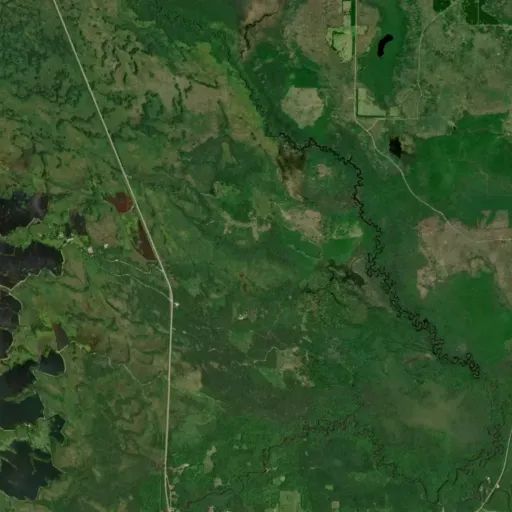Kirtland’s Warbler Wildlife Management Area was established in 1980 in response to the need for more land dedicated to the recovery of the Kirtland’s warbler, which was on the endangered species list from 1967 to 2019. The management area contains 125 separate tracts of land totaling 6,684 acres located throughout eight counties in the northern Lower Peninsula of Michigan.
The Kirtland’s warbler is a small, neotropical migrant that summers in Michigan, and to a limited extent Wisconsin and Ontario, and winters in the Bahamas. By the mid-twentieth century, the bird was in trouble. Wildfire, a natural ecological process vital to producing its habitat, had been reduced in frequency and extent, severely reducing the bird’s population.
A survey of Kirtland’s warbler in 1951 found 432 singing male birds. By the 1970s, fewer than 200 singing males were surveyed on an annual basis. In 1967, the species was placed on the Federal Endangered Species List. Due to management efforts, the bird’s population began to recover in the 1990s. In 2008, the total estimated population of singing males in Michigan was 1,791. Through cooperative efforts among conservation partners, the Kirtland’s warbler population has grown and was estimated to be more than 2,300 pairs in 2019 - more than double the number outlined in the recovery plan. On Nov. 8, 2019 the Kirtland’s warbler was officially removed from the Endangered Species List. Today, the Kirtland’s warbler is monitored to ensure its numbers remain strong.
The management area tracts are surrounded by Michigan state forests that are designated to be managed for the benefit of Kirtland's warblers. Although the bird has adapted to wildfire-regenerated jack pine, prescribed fire is not practical in most areas due to the explosive wildfire nature of jack pine and the existence of summer homes and other human developments in these areas. Homes are scattered all through the state forests and fire creates serious hazards to life and property. Because fire is not an acceptable means to regenerate most jack pine stands, timber sales, direct seeding and planting are often the only options to establish stands.

